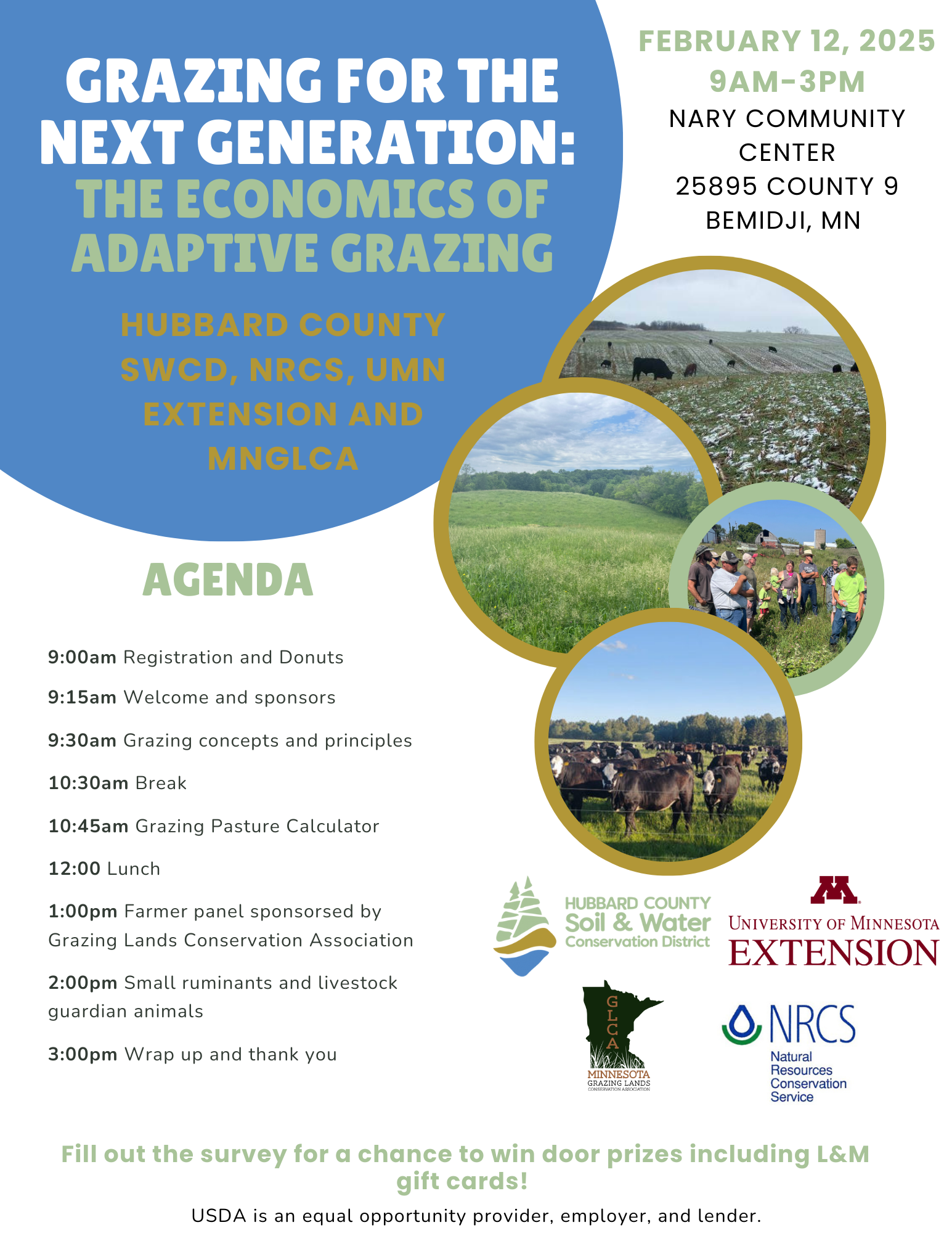Haying and grazing of CRP acres is authorized under certain conditions to improve the quality and performance of the CRP cover or to provide emergency relief to livestock producers due to certain natural disasters. There are two types of haying and grazing authorization: non-emergency and emergency.
Emergency haying and grazing of CRP acres may be authorized within a county to provide relief to livestock producers in areas affected by a severe drought or similar natural disaster. Emergency haying and grazing status is reviewed and authorized each Thursday using the U.S. Drought monitor. Counties are approved for emergency haying and grazing due to drought conditions on a county by county basis, when a county is designated as level “D2 Drought - Severe” according to the U.S. Drought Monitor.
In general, non-emergency haying may be utilized every three years and non-emergency grazing may be utilized every two years. Additional grazing may be available to new and beginning farmers.
CRP participants requesting emergency or non-emergency haying and grazing must file a request with their county FSA office indicating the acres to be hayed or grazed before the activity begins.
Before CRP acres are declared eligible for haying or grazing, a modified conservation plan developed by NRCS or a technical service provider must be obtained. The modified conservation plan must be site specific, include the authorized duration and reflect local wildlife needs and concerns. The primary purpose must be to maintain vegetative cover, minimize soil erosion and protect water quality and wildlife habitat quality. These plans must ensure no long-term damage to the conservation cover is caused.
Emergency haying and grazing is authorized on all practices outside the primary nesting season including practices implemented under State Acres for Wildlife Enhancement (SAFE) such as CP38E SAFE-Grass when such activity is specifically outlined in the SAFE agreement. Contact your local office for State Specific restrictions related to SAFE. For non-emergency haying and grazing, all practices are eligible except for CP12 Wildlife Food Plot and several tree practices. Contact your FSA office for a full list of ineligible practices.
Acres ineligible for both emergency and non-emergency haying and grazing include acres devoted to:
- Useful life easements;
- Land within 20 feet of a stream or other permanent water body; and
- Any acres where haying and or grazing would cause long-term damage to the CRP cover.
For more information on CRP haying and grazing visit fsa.usda.gov/crp or contact your FSA county office. To locate your FSA office, visit farmers.gov/service-locator.
Recent Articles







